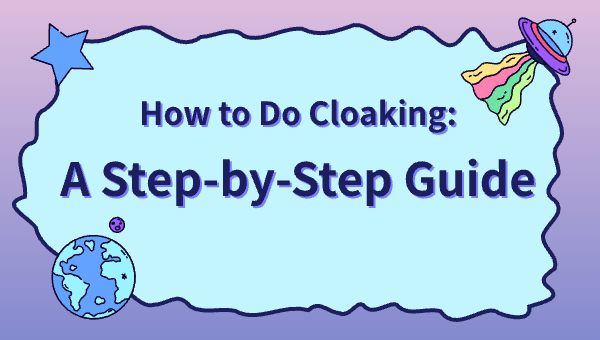How to Do Cloaking: A Step-by-Step Guide

Cloaking is a powerful technique used by marketers to show different content to search engines or ad platform crawlers versus real users. When implemented correctly, cloaking can improve campaign performance and avoid account bans. However, it requires careful planning and technical execution to stay compliant and effective.
What Is Cloaking?
Cloaking involves delivering different content or URLs to different visitors based on their identity — typically distinguishing between bots/reviewers and actual users. It’s widely used in SEO, affiliate marketing, and advertising to protect offers and optimize user experience.
Step 1: Understand Your Goals and Compliance
Before implementing cloaking, define clear goals: avoid ad disapproval, prevent bot traffic, protect affiliate links, or test multiple offers. Review platform policies (Google Ads, Facebook, etc.) to understand what is allowed to avoid permanent bans.
Step 2: Set Up IP and User-Agent Filtering
Identify known crawler IP ranges and user-agent strings (Googlebot, Facebook crawler, etc.) to deliver safe content to them. Use third-party IP databases and user-agent lists to build a reliable filter.
Step 3: Implement Behavioral Detection
Use JavaScript to detect real user behavior such as mouse movements, scrolling, clicks, and time spent. Bots generally lack these behaviors, so you can serve them compliant content.
Step 4: Create Separate Landing Pages
Develop at least two versions of landing pages:
Safe Page: A compliant, clean version for crawlers and reviewers.
Money Page: The actual promotional offer shown only to real users.
Step 5: Use Dynamic Redirects or Content Swapping
Implement server-side or client-side logic that dynamically serves content or redirects users based on the detection methods above.
Step 6: Test Thoroughly
Test your cloaking setup on various devices, IPs, and browsers. Use VPNs and crawler simulators to verify that the correct content is served in each scenario.
Step 7: Monitor and Maintain
Regularly update IP lists, user-agent strings, and behavioral detection algorithms. Monitor campaign performance and compliance continuously to catch issues early.
Common Tools and Platforms
There are commercial cloaking software solutions and open-source libraries that simplify implementation. Popular tools include specialized cloaking services and script frameworks.
Risks and Best Practices
Cloaking can lead to account suspension if used for deception or violating policies. Always use cloaking ethically—focus on user experience, ad compliance, and anti-fraud rather than tricking platforms.
Case Study
A media buyer using cloaking to separate bot traffic from real users achieved a 50% reduction in wasted ad spend and extended account longevity by 3x.
Who Should Use Cloaking?
Experienced marketers, affiliate specialists, agencies managing multiple accounts, and anyone working in competitive or restricted verticals.
To build a professional, compliant cloaking system, visit adcloaking.com and secure your campaigns today.
